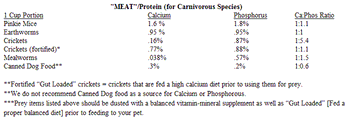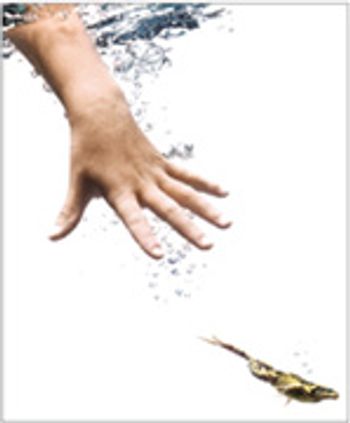
While standard radiographic and ultrasound imaging techniques are common diagnostic tools in exotic animal medicine, the use of more advanced imaging techniques such as computed tomography (CT) and magnetic resonance imaging (MRI) currently appear to be underutilized for exotic patients.




